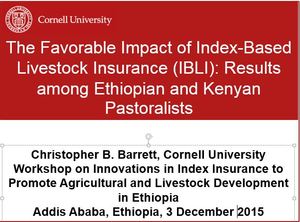Surviving the drought in Kenya
The 2009 drought in Kenya has had a devastating effect on pastoralists. Hundreds of thousands of cattle died and with them a way of life that had provided families a livelihood from the land. We met Lawrence in a quarry just out of of Nairobi. For many generations his family have reared cattle on the rangelands of Kitengela. Now he shifts rocks in order to pay his way through University and the dream of a better life. This photofilm was made by duckrabbit during duckrabbit training productions for ILRI in Nairobi August 2010. Photos (c) David White.









